In 2006, Abrams New York published the first edition of Gene Stone’s The Watch. A prolific Harvard-and-Stanford-educated writer and ghostwriter of books, Stone was not part of the watch industry, nor did he have the usual contacts. He liked watches – mainly collecting vintage travel watches and clocks (see www.mytravelwatches.com) – and decided to focus his energy on the subject for the span of time it took to write a book about it thanks to a somewhat chance meeting with a publisher also interested in the subject.
“When Gene wrote this book the first time around, he was a passionate watch collector who noticed a lack of general-interest books on the subject,” explains Hodinkee managing editor Stephen Pulvirent. “He thought he could do a good job writing something that both collectors and neophytes could enjoy, and now a decade later it’s the bestselling watch book.”
It’s true: The Watch went on to become one of the bestselling books about timepieces of our time with eight printings. Even though there were a number of factual errors in this book (and continue to be in the new version), there is something to be said for quasi-outsiders who can distill a field down to its essential and most interesting, so perhaps such minutiae can be forgiven. A great example is the four-minute piece involving Stone on a CBS News Sunday morning broadcast, which certainly condenses the history of watches in a most interesting way. And that is likely how I would explain the perpetual success of this large book.
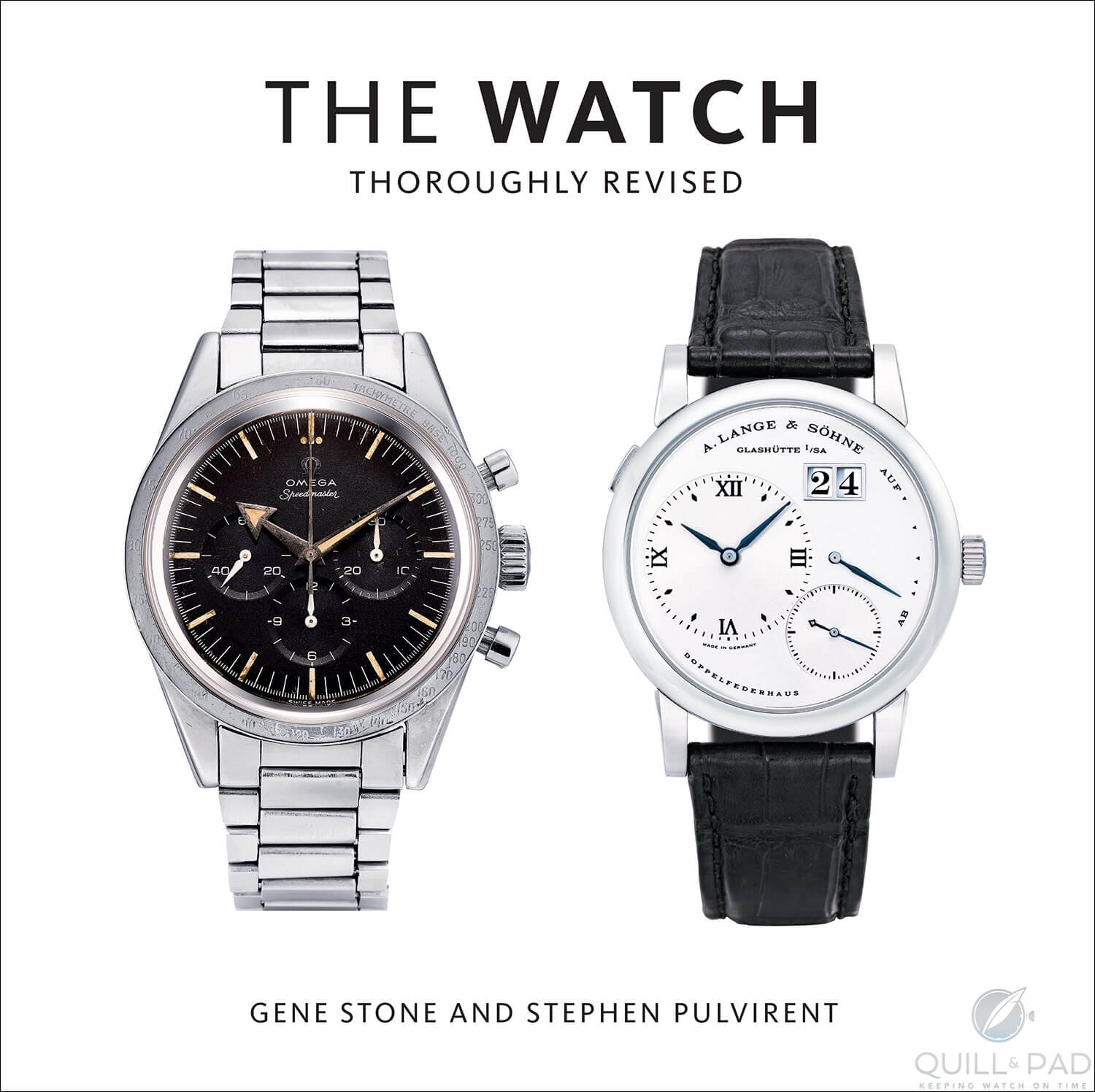
‘The Watch, Thoroughly Revised’ by Gene Stone and Stephen Pulvirent
Instead of reprinting the book for a ninth time as is, Stone and Pulvirent have completely revised it. “When I started working at Hodinkee, The Watch was the first book [founder] Ben Clymer told me to go buy to get myself up to speed. It’s funny that all these years later I would end up working on the second edition,” Pulvirent laughs.
“Working with Gene on this project was incredible. This is my first book project and I couldn’t have picked a better Virgil to guide me through the often-difficult process than him,” continues Pulvirent. “He’s written and published more than 45 books and is an excellent writer, a rigorous but fair editor, and was a total pro through the whole process. I learned as much about the mechanics of writing and publishing as I did about watches through this process. If you see something Gene’s written, even if it’s not on a subject that initially excites you, you should probably just read it anyway.”
Pulvirent began his career in the publishing world writing about menswear, and I find that that shows in how he thinks and writes about wristwatches. His daily writing on Hodinkee.com is seldom about the mechanics of watches or the history of brands; he and many writers of this newer generation are here to tell you about their taste in watches – and by extension the taste of their generation – choosing what’s hot and what’s not by a set of criteria perhaps only thirty-something New Yorkers with hair on their faces fully understand.
I get that and find it a valid viewpoint.
Pulvirent – one of the nicest guys around – focuses on the elements of wristwatches that have become important to today’s general watch consumer. In my own formative (pre-Instagram) years of writing about wristwatches, the worldwide collector market was relatively small compared to today, and few wrote about vintage watches or new watches as they fit into the style corner until quite recently; now it’s a real trend today.

A vintage Wittnauer pictured in ‘The Watch, Thoroughly Revised’ by Gene Stone and Stephen Pulvirent
So Pulvirent collaboratively partnering with the prolific and experienced Stone – whose other books aren’t even remotely about the field of timekeeping save 1992’s Stephen Hawking’s A Brief History of Time: A Reader’s Companion, co-authored with the great Stephen Hawking himself – is going to make for an interesting read no matter which way you look at it.
And so it was with relish that I dug into the The Watch, Thoroughly Revised one early November weekend.
The Watch, Thoroughly Revised
In some ways, this book was exactly what I had expected it to be and in others it was mildly surprising to me. But before we head into my take, let’s hear what Pulvirent thinks is different about this edition compared to the 2006 original.
“It’s funny to say, but I think the thing that most sets this edition apart from the original is that it was written now,” Pulvirent says in answer to my question.
“The Watch captures a particular moment in the history of watch scholarship and collecting, and The Watch, Thoroughly Revised does the same. Practically speaking, the 50 brand profiles reflect the surge in independent watchmaking we’ve seen in the last decade, and the book overall takes the worlds of auctions and vintage watch collecting into much deeper consideration. The landscape has changed so much in ten years, and I think you get a real sense of that if you put the books side by side.”
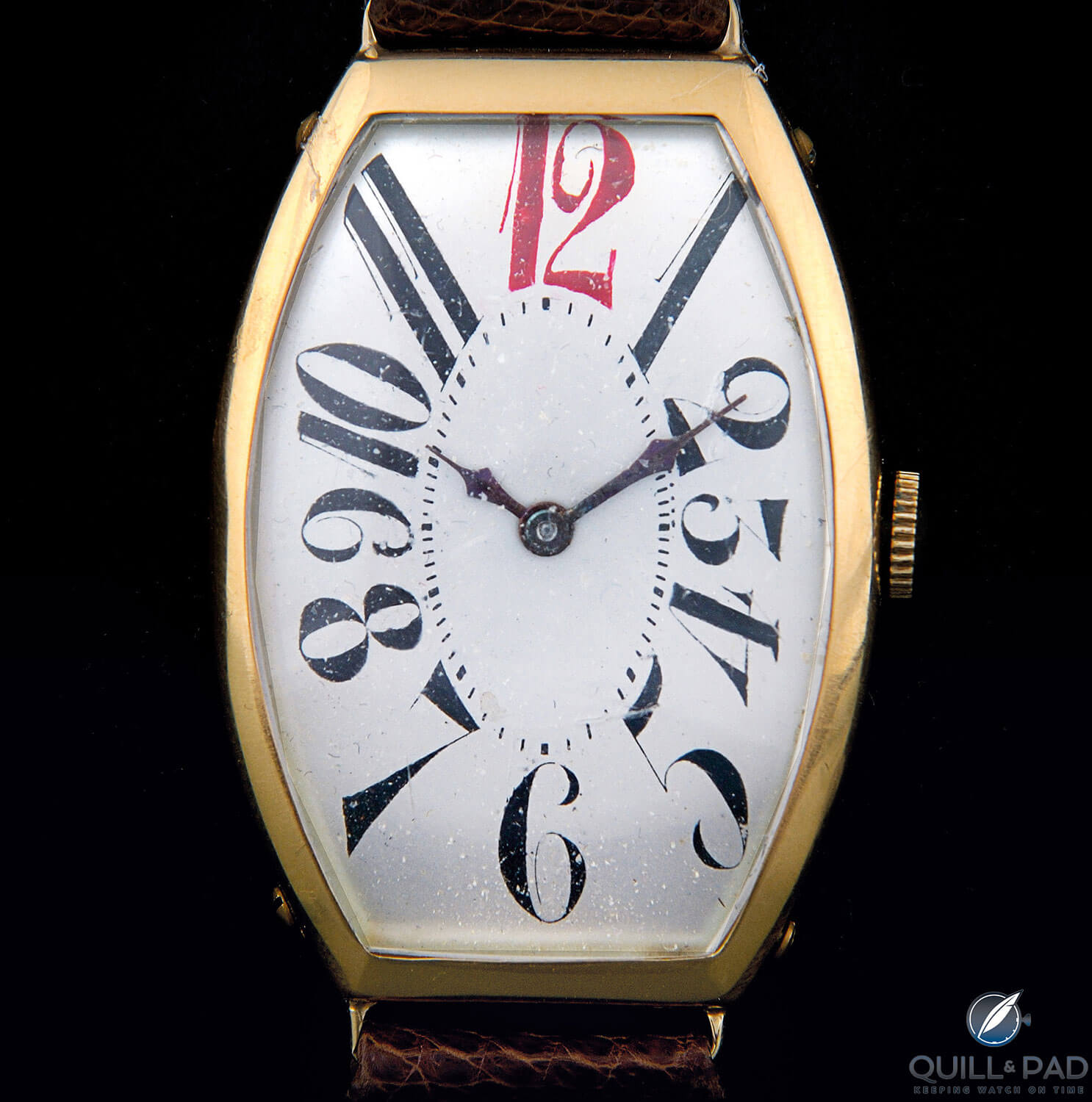
A vintage watch by Paul Ditesheim shown in ‘The Watch, Thoroughly Revised’ by Gene Stone and Stephen Pulvirent
These 50 brands are considered by Pulvirent and Stone as having “emerged as leaders” in recent years. Most of these brands are obvious – what would any watch compendium be without extensive chapters on Rolex, Jaeger-LeCoultre, Patek Philippe, Breguet, Omega, TAG Heuer, and A. Lange & Söhne?
“There are 12 new brands in this edition representing a mix of different types of watchmakers – we worked in some established players like Longines and Tudor that were left out the first go-around, as well as modern independents like MB&F, Greubel Forsey, and Ressence that show the creativity that’s taken hold in the industry today,” Pulvirent explains. “Making a list of 50 brands is obviously tough, and some truly great brands ended up on the outside, but we think that if you’re only going to know 50 to get a sense of the big picture, these are the 50 you need to understand.”
That’s a great explanation, I find, but I was still slightly baffled in one or two instances, feeling the choices instantly reflect Pulvirent’s work at Hodinkee, where the idea is to shape taste rather than encompass an inclusive view of the luxury industry at large.
Don’t get me wrong – I absolutely adore the work of Ochs und Junior, for example, but with a production of less than 200 overwhelmingly one-off timepieces per year and a non-existent marketing budget (meaning that approximately only 200 new people per year most likely get to know this brand), I feel that it was perhaps chosen as one of Pulvirent and Stone’s top 50 based on personal taste rather than actual contributions to the industry at large. Especially in light of the final paragraph of the preface, which reads, “Note: Inside this second edition you’ll find new brands that have emerged as leaders in the last dozen years . . .”
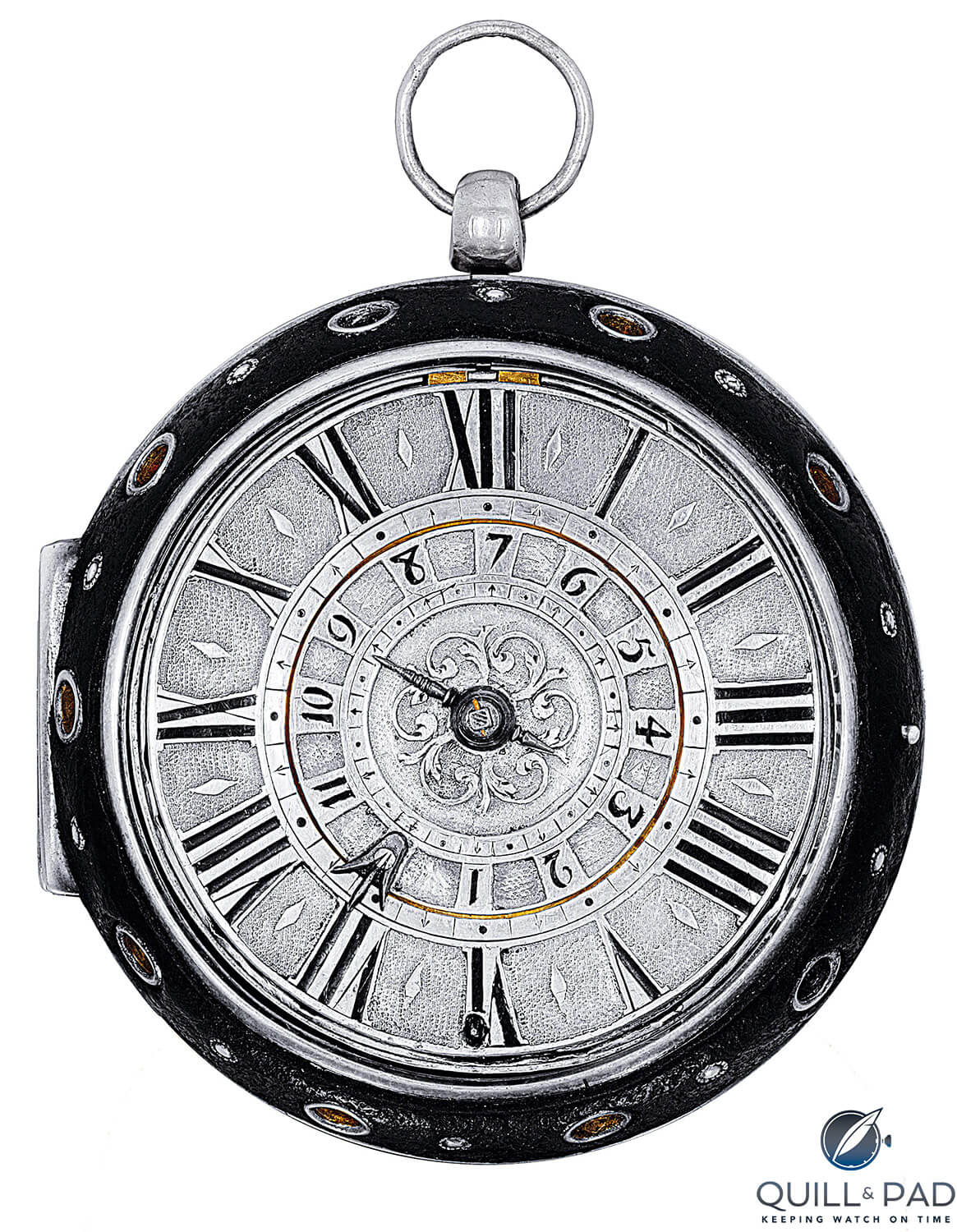
A Jacques Morel pocket watch illustrating ‘The Watch, Thoroughly Revised’ by Gene Stone and Stephen Pulvirent
I’m not sure whether to applaud the inclusion as slightly ballsy (given my personal predilection for independent watchmakers and affection toward this particular brand) or dismiss it as a lack of industry overview, particularly in light of that preface sentence. Either way, I am in the end glad for Ochs und Junior to have been included, allowing it the chance for broader exposure.
But why Ochs und Junior and not Vianney Halter, for example, an independent watchmaker who has made more significant contributions to both the watch industry and independent watchmaking?
Many, in fact, call him a shining light of independent watchmaking, the first perhaps to have come with really new ideas in the modern era – so much so that MB&F founder Maximilian Büsser has cited him as a major influence in his own career path and Urwerk co-founder Felix Baumgartner has praised him as being the other of the two pioneering watchmakers in “alternative horology” at a time when all others were focused on the straightforward round watch (both MB&F and Urwerk are included in the 50 brands of The Watch, Thoroughly Revised).
I suppose in the end everything is down to opinion, and in the watch industry everyone has one.
Including me.
Great practical information
One of the best things about this book is the multitude of photos found in it: there are more than 500 beautiful photographs of new and vintage watches by a large variety of photographers.
Pulvirent concurs. “Watch photography is leaps and bounds beyond what it was in 2006, and you can see it from the cover through to the last page. There are more than 500 photos in the book and they’re bright, sharp, and detailed, really showing off how beautiful and special watches can be.”

A Breitling Exospace found in ‘The Watch, Thoroughly Revised’ by Gene Stone and Stephen Pulvirent
I also quite like the chapter called “Buying, Collecting, Maintaining,” which provides some really useful information for buying pre-owned watches and how and why you shouldn’t worry too much about making beginner mistakes.
And in the collector section, which highlights a few average collectors from various places in the world, our own George Cramer even finds a few paragraphs of spotlight!
A glossary at the back of the book helps with at-times confusing technical jargon.
And, of course, this book would hardly be complete without two pages showcasing Stone’s own travel clocks.
In summary, this is a great book for beginners looking for a place to start as it is not technical at all and offers information in bite sizes illustrated by lots of fantastic photos. And despite some factual errors (in particular to be found in the three chapters on German watch brands A. Lange & Söhne, Glashütte Original, and Nomos Glashütte), the writing and copyediting are both extremely good, which is rare in today’s era of bare-bones publishing.
To buy a copy of The Watch, Thoroughly Revised, please visit www.amazon.com.
Quick Facts The Watch, Thoroughly Revised
Publisher: Abrams, New York
ISBN: 978-1-4197-3260-7
Pages: 272
Photographs: 500, in color
Binding: hardcover
Language: English
Price: $50
You may also enjoy:
Book Review: ‘The Magic Of Watches’ By Louis Nardin
Book Review: ‘The Wristwatch Handbook’ By Ryan Schmidt
Book Review: ‘Chasing Time’ By Alistair Gibbons, A Compendium Of Vintage Watches
Book Review: ‘Chronographs For Collectors’ By Sébastien Chaulmontet And Joël Pynson
Book Review: ‘George Daniels, A Master Watchmaker & His Art’ By Michael Clerizo
Leave a Reply
Want to join the discussion?Feel free to contribute!














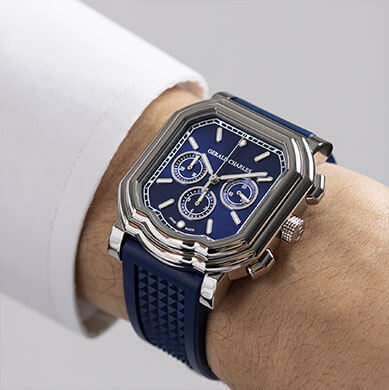



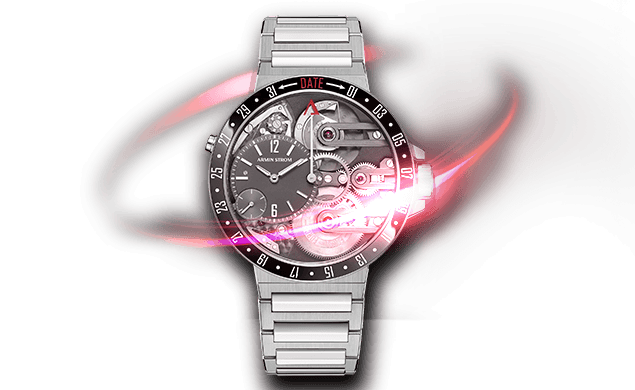
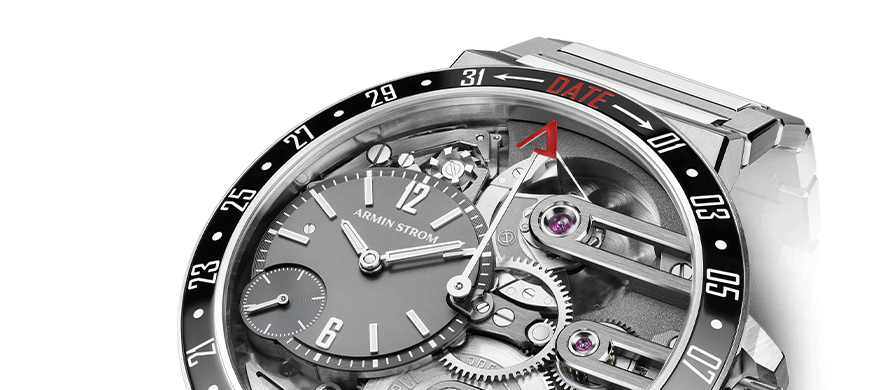
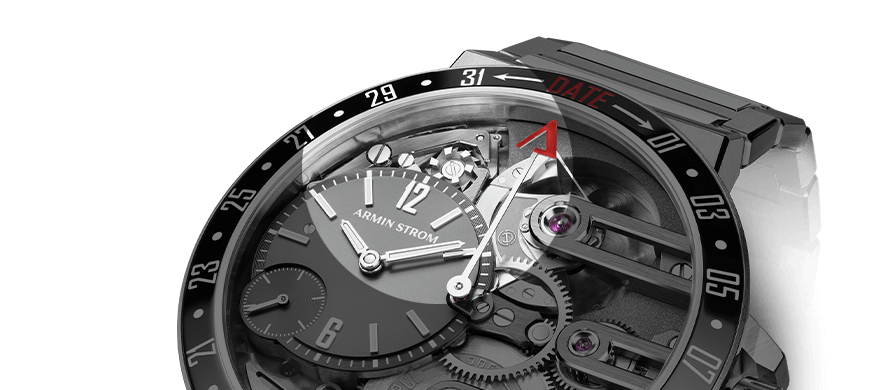


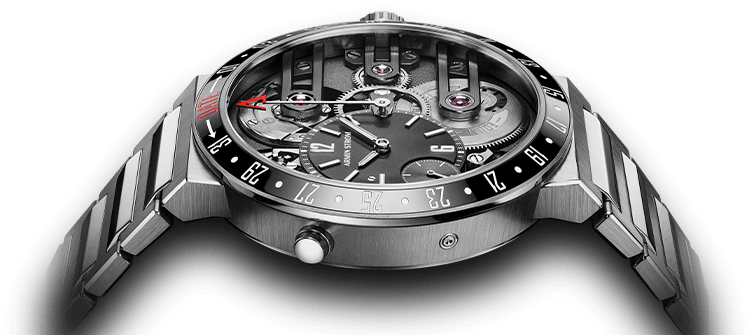













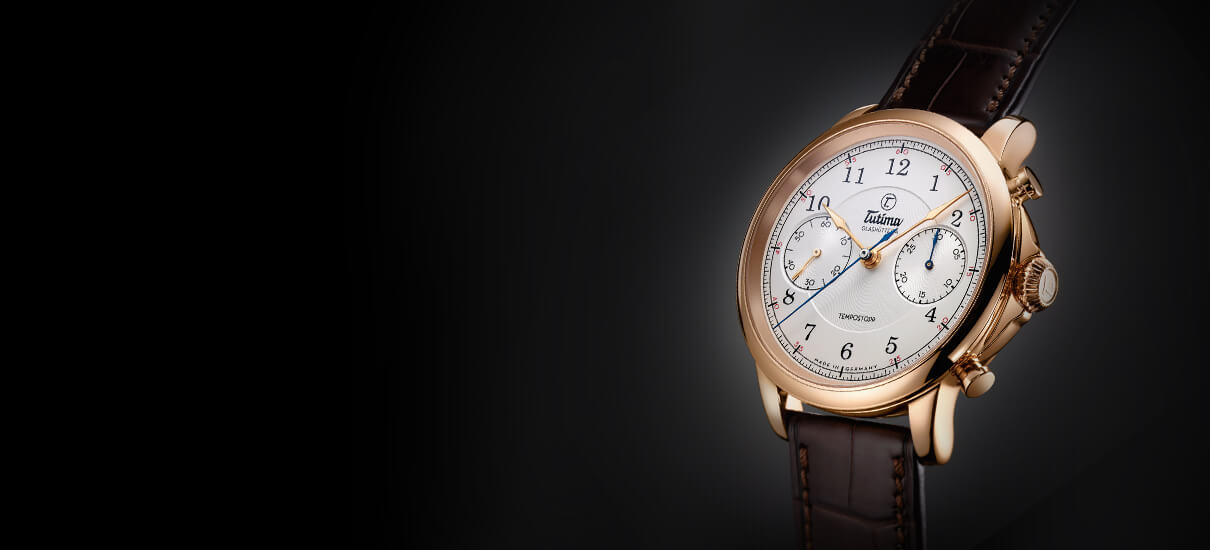



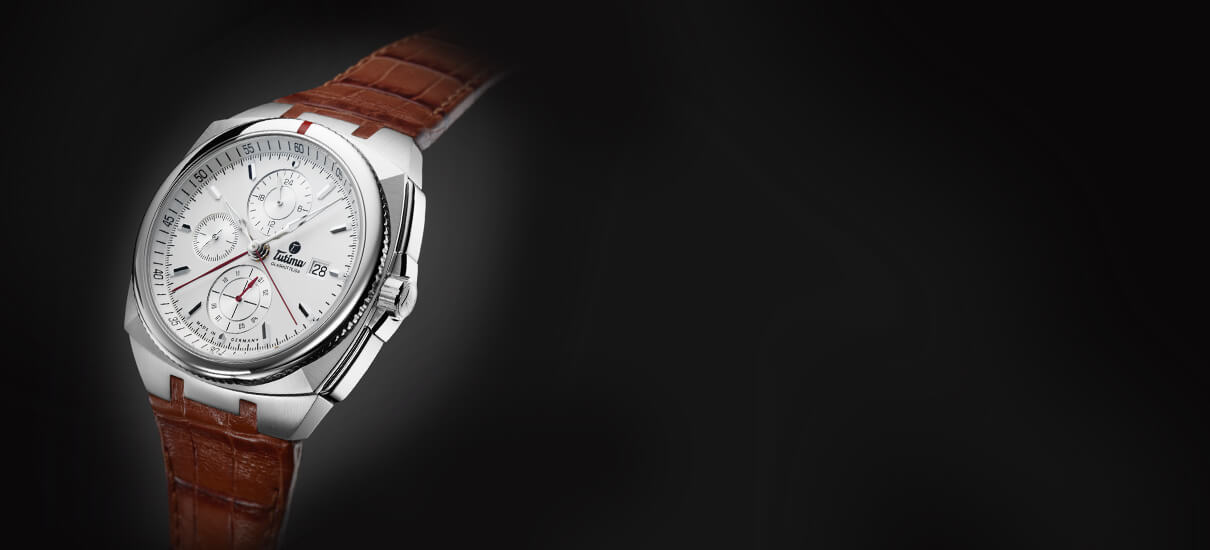

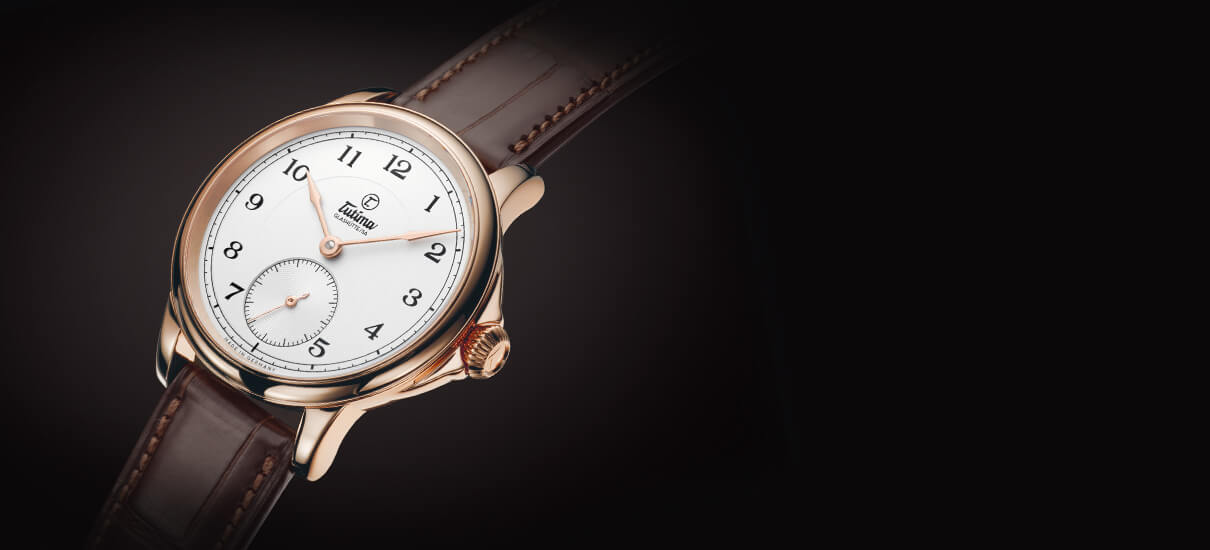





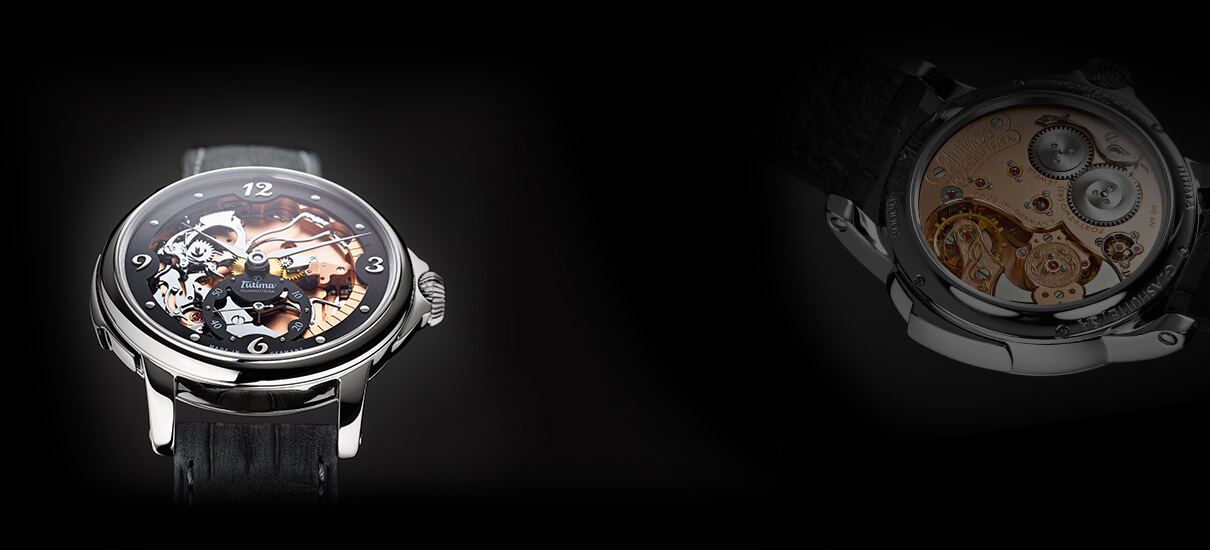



Thanks for the thorough and balanced review. Good journalism here!
Thank you very much!
I disagree about including Ochs. I think that Oechslin, besides his enormous contribution through MIH and UN, helped shape the concept of haute horology stripped to essence. And the idea of custom production pieces was really heightened when they came alone. Finally, though the budget for marketing is minimal, they do as good a job as Nomos building the brand and creating a style through Instagram posts by Beat Weinmann- both idealized luxury and accessible.
Please don’t get me wrong! I too think that Oechslin is one of the most creative and interesting watchmakers of our time – otherwise I would not have featured him as one of the 12 watchmakers in my book ’12 Faces of Time’ and written reams of articles on him and his work over the years (like this one: https://quillandpad.com/2014/02/27/ludwig-oechslin-retires-as-mih-international-museum-of-horology-curator-and-director/). I just do not see Ochs und Junior as one of the 50 most important brands, no matter how much I like and appreciate it.
But as I said, everyone has an opinion. That is just mine.
I was just hoping they read your site, saw my post and offered me an ambassador position. 😉
But seriously, I know you’re a fan from the book as well. (Which I own – Along with a few of the annual wristwatch books from when you were Co author).
🙂